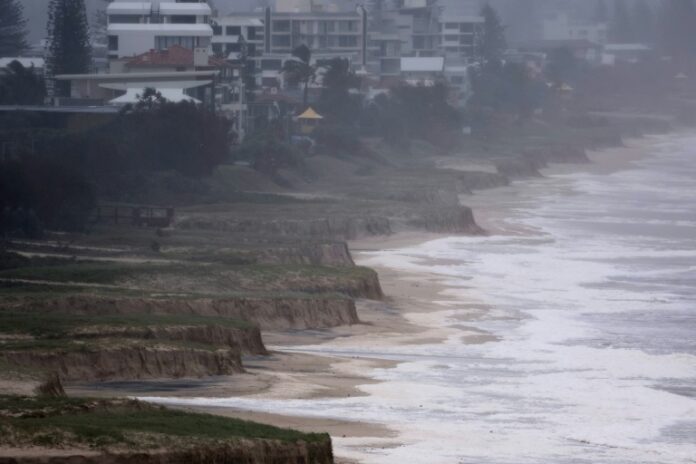Australia faces a growing climate crisis that could displace millions in coastal regions by mid-century, according to a newly released National Climate Risk Assessment. The report projects that by 2050, rising sea levels and intensifying climate hazards will threaten over 1.5 million Australians, placing unprecedented pressure on homes, infrastructure, and ecosystems.
Climate Change Already Impacting Australians

The government’s assessment highlights that Australians are already feeling the effects of a warming planet. More frequent floods, cyclones, bushfires, droughts, and extreme heat events are straining communities and emergency services.
Climate Change and Energy Minister Chris Bowen emphasized the urgency of immediate action.
Three Warming Scenarios and Their Consequences
The 72-page report examined three scenarios of global temperature rise – above 1.5°C, 2°C, and 3°C. It concluded that Australia has already surpassed the 1.5°C warming threshold, making future impacts more severe if emissions are not rapidly reduced.
Under a 3°C warming scenario, Sydney could see a 400% increase in heat-related deaths, while Melbourne may experience nearly triple its current number. The report warns that no region will be untouched, describing the risks as “cascading, compounding, and concurrent.”
Billions at Risk in Property Losses
One of the report’s most alarming findings is the potential economic impact. Property values across the nation could drop by an estimated A$611 billion due to rising seas, flooding, and fire damage.
By 2050, the number of coastal communities considered “high-risk” will grow significantly. If population levels remain steady, more than 1.5 million people could face direct exposure to rising seas and flooding. Northern Australia, remote towns, and outer suburbs of major cities are expected to be among the hardest hit.
Pressure on Health, Infrastructure, and Ecosystems
The report highlights the cascading effects of climate change on human health, infrastructure, and the environment. Increased heatwaves could lead to more hospitalizations and deaths, while flooding may compromise drinking water quality.
Emergency response systems could face unprecedented strain, and vital industries such as agriculture and fisheries may experience production losses.
Threats to Iconic Coral Reefs
Australia’s world-famous coral reefs – including the Great Barrier Reef and Ningaloo Reef – are facing escalating threats from warming seas. These ecosystems have already endured record bleaching events, and the report warns that biodiversity loss could accelerate if global temperatures continue to rise.
Government Unveils National Adaptation Plan
In response, the federal government has launched a national climate adaptation plan that encourages collaboration between federal, state, and local authorities. This plan aims to strengthen climate resilience, improve disaster readiness, and guide investments in sustainable infrastructure.
Bowen also confirmed that Australia will soon reveal its 2035 emissions reduction target, which will be informed by expert advice from the independent Climate Change Authority. The nation’s current commitment is to cut emissions by 43% by 2030.
Calls for Stronger Climate Action
Environmental groups argue that the government must set more ambitious targets to avert catastrophic outcomes. Amanda McKenzie, CEO of the Climate Council, described the report’s findings as “terrifying.”
The Cost of Inaction vs. the Cost of Action
The report stresses that acting now will be far less costly than dealing with the aftermath of unchecked climate change. Minister Bowen underscored this point.
With global attention on climate action and the country’s high per-capita emissions, Australia faces a critical moment. Experts warn that without decisive policies and sustained emissions cuts, millions of Australians could be displaced, ecosystems could collapse, and economic losses could skyrocket by mid-century.
Sources: BBC

